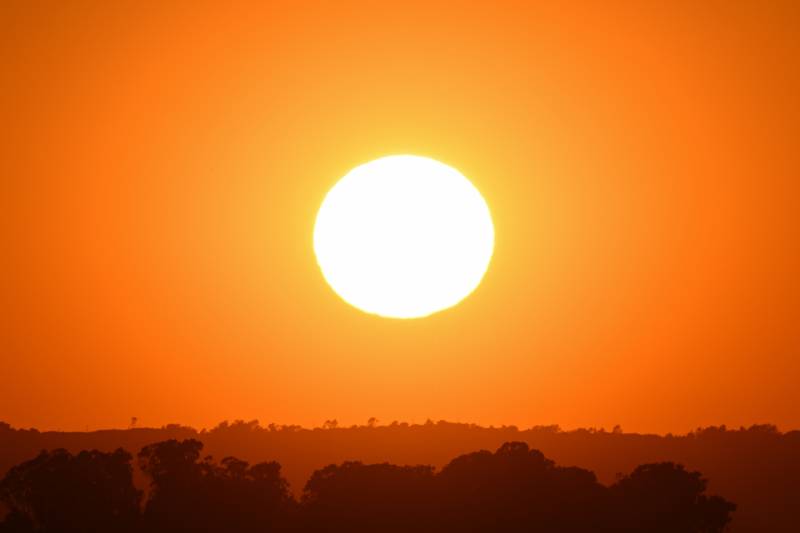Updated 2:06 p.m. Tuesday
An extreme early summer heat wave hitting the Bay Area this week will bring little chance for relief given its length and high nighttime temperatures, posing danger even for generally cooler places like San Francisco and spurring dire warnings from forecasters.
Shortly before noon Tuesday, the National Weather Service extended its excessive heat warning to last an entire week, in effect until 11 p.m. next Tuesday, July 9, for wide swaths of inland Northern California. The risk of heat-related illness will be high, the weather service warned, noting that heat is the top weather-related killer in the U.S.
“An exceptionally dangerous situation is expected to unfold over the next week as we enter a potentially historic and deadly heat event. Several days of temperatures well above normal will lead to compounding effects among people and infrastructure, with the possibility of numerous heat related fatalities,” the weather service said in its warning. “It cannot be stressed enough that while one day at these temperatures may be manageable for some, an event of this scale, magnitude, and longevity will likely rival anything we’ve seen in the last 18 years.”
Some inland parts of the Bay Area are forecast to reach triple-digit temperatures by early Tuesday afternoon, and highs in the Sacramento Valley and surrounding foothills are expected to reach 110 to 115 this week.
In San Francisco, where fog and cool ocean air generally curb the dangers of high temperatures, a heat advisory will be in effect for much of Tuesday and Wednesday.
The Mission, Tenderloin and South of Market neighborhoods are among those at the greatest risk of reaching temperatures ranging from the low 80s to the mid-90s this week, according to the city’s Department of Emergency Management. Those “urban heat island neighborhoods” are also home to many unhoused people, older adults and others who are at higher risk of heat illness.

